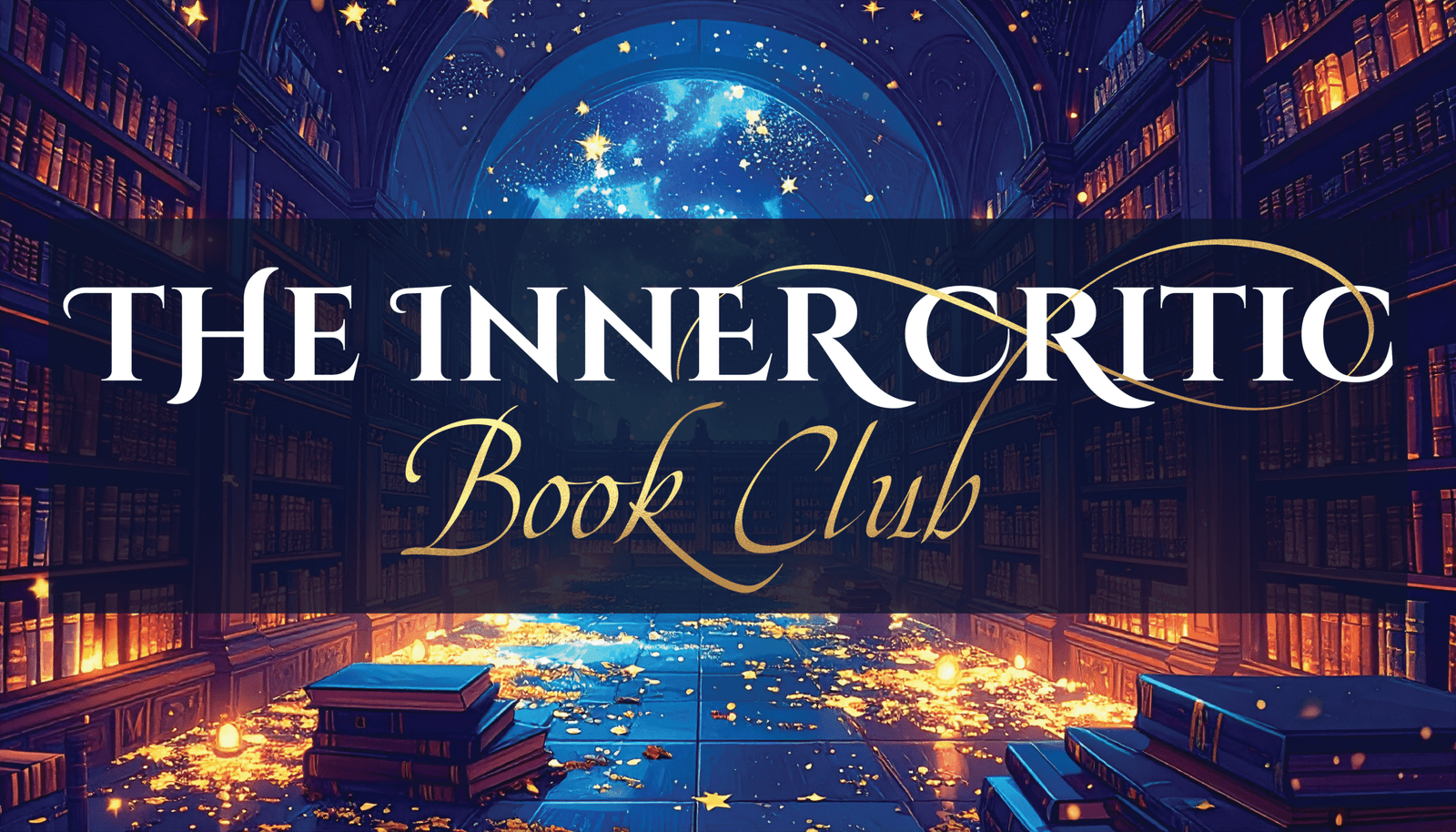
Mirror Mirror On My Therapist Wall: Abigail and Amelia
Share the Post: Mental Health Lessons from Abigail and Amelia: The Unsung Sisters of Self-Worth in The Aristocats When people

Bleeding Hearts & Blurred Lines: Trauma Healing in Haunting and Hunting Adeline
Dark romance isn’t for the faint of heart. It’s gritty, brutal, seductive, and sometimes uncomfortably honest. And in Haunting Adeline and Hunting Adeline by H.D. Carlton, we don’t just see pain—we live it through Adeline’s eyes. Her story is tangled in trauma, obsession, survival, and ultimately, reclamation.
If you’ve read both books, you probably asked yourself at least once: Why am I still reading this? Why am I rooting for these characters? Why does it feel like healing in hellfire?
The answer lies in the raw truth that dark romance dares to explore: trauma doesn’t look pretty, and healing doesn’t either. Sometimes, trauma doesn’t whisper—it screams. Sometimes love isn’t soft—it’s jagged. And yet, there’s something profoundly human in the mess of it all.
Let’s dive into how Haunting and Hunting Adeline reflect trauma exposure, the nervous system, and the long, non-linear journey toward reclaiming agency, using a lens of trauma-informed therapy.
Dark romance creates a container—a fantasy space—to explore what we’ve been told we’re not allowed to feel:
In real life, these themes are dangerous. In fiction, they become symbols—of what we repress, what we want to understand, and sometimes, what we need to name in order to heal.
This isn’t a mild “bad day” narrative. This is nervous system-level survival. Her body and brain go into freeze, fawn, fight, and flight—sometimes all in one chapter.
And here’s the uncomfortable truth:
For many trauma survivors, Adeline’s reactions aren’t unrealistic. They’re familiar.
Trauma severs us from our sense of safety, control, and self.
But what’s rarely talked about in mainstream healing circles is that trauma also cracks open the shadow—the parts of ourselves we’re told are “too much” to feel.
And that’s where Haunting/Hunting Adeline becomes more than just a dark romance. It becomes a Jungian shadow journey.
This duality is the core of shadow work—where light and dark are not separate, but tangled.
But this is also where exposure through fiction plays a role.
Many readers of dark romance are trauma survivors themselves. They aren’t reading to find healthy dynamics—they’re reading to:
And yes, sometimes it’s a dark, violent fantasy that gives language to pain when therapeutic language fails.
This is what real trauma healing looks like:
If you’re a trauma survivor and you find these books stir something in you—you’re not broken. You’re responding to a story that mirrors your nervous system, your rage, your longing to feel powerful again.
You don’t need to justify why a story resonates.
You just need to honor what it awakens in you.
And if that awakening becomes the start of real-world healing—through therapy, journaling, movement, or reclaiming your voice—then maybe the darkness wasn’t just for drama.
Maybe it was a doorway back to yourself.
Interested in exploring your healing journey through shadow work, trauma-informed therapy, or narrative processing? Let’s create space for all the parts of you—especially the ones that feel “too much.”

Share the Post: Mental Health Lessons from Abigail and Amelia: The Unsung Sisters of Self-Worth in The Aristocats When people

Share the Post: Captain Hook: The Mental Health Icon We Never Expected Let’s be honest: Captain Hook has always been